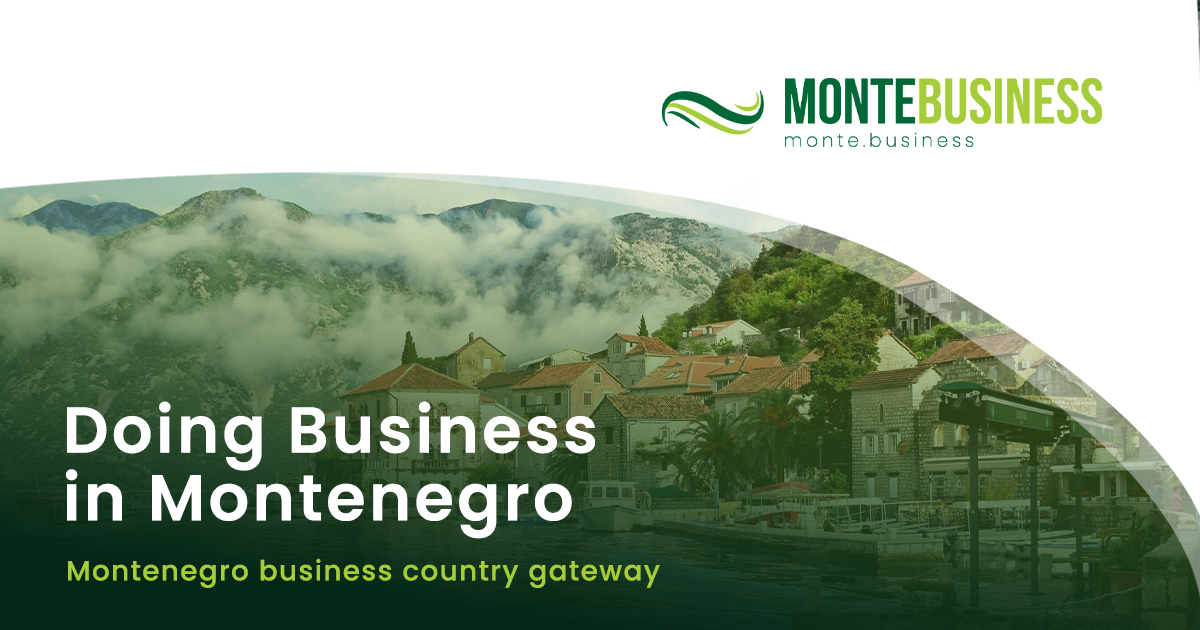Montenegrin tourism is in a precarious state, with signs of gradual decline and inadequate responses to its challenges, according to Dr. Rade Ratković, a professor at the Faculty of Tourism and Business in Budva. Ratković criticizes the current tourism development strategy for its lack of concrete solutions and effectiveness, suggesting that the existing plan might end up being purely theoretical.
“Our tourism sector desperately needs a comprehensive reform. The fiscal strategy fails to provide specific measures for tourism and only offers broad principles that do not tackle the essential problems or provide real solutions. It seems we may end up with a plan that exists only on paper without any practical impact,” Ratković argues. He points out the deficiencies in destination management and marketing strategies, while neighboring countries like Albania and Croatia are seeing stable growth in their tourism sectors.
The current tourism season has experienced a decline in visitor numbers compared to last year. Ratković attributes this downturn to poor destination management and ineffective marketing efforts. While neighboring countries are advancing, Montenegro struggles with internal conflicts and inadequate infrastructure. He calls for immediate reforms to restore the sector’s health.
“Our data are incomplete, outdated, and fragmented, making them unreliable. Monstat only publishes data for ‘collective accommodation,’ and there is a delay of one to two months. The most recent official figures are from June 2024, and we are already halfway through August,” he notes.
Recent statistics indicate that in the first half of the year, total tourist traffic in collective accommodation grew by about three percent, with domestic tourism accounting for around eight percent and international tourism for about two percent.
“Domestic tourism leads with a 14.11 percent share, followed by Serbia (about 13 percent), the United Kingdom (about eight percent), Germany (about eight percent), France (about seven percent), Poland (about four percent) and Bosnia and Herzegovina (about 3.8 percent),” Ratković says.
Ratković identifies several factors contributing to the drop in tourist numbers this season, including outdated tourism legislation, ineffective management models, and an overemphasis on secondary housing development. He calls for urgent action, including the adoption of European standards and the transformation of some apartments into hotels to stabilize the sector.
“The current focus on residential construction exacerbates the problem. We need to implement concrete measures to maintain Montenegro’s coast as a sustainable and attractive tourist destination for future generations,” he adds.
Ratković also criticizes the state of infrastructure, highlighting issues such as congested roads and ongoing repairs during peak tourist season, which he likens to inviting guests into a home that is being renovated. He advocates for timely infrastructure project tenders to ensure completion before the tourist season begins.
He emphasizes the importance of maintaining control over airports, which are crucial for tourism, and laments the neglect of these critical issues while minor concerns take precedence. Ratković urges the government to focus on building strong relationships with neighboring countries and supporting Montenegro’s European integration efforts.
“Montenegro’s tourism faces significant internal conflicts and a lack of cohesion, which undermine its stability and progress. A unified approach and long-term responsibility are essential for the sector’s development. We must prioritize good relations with our neighbors and support our path toward European integration,” Ratković concludes.








